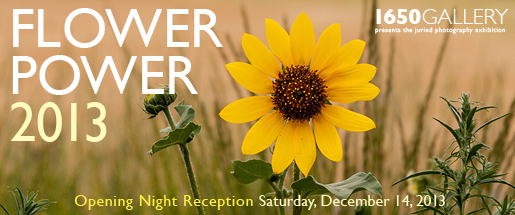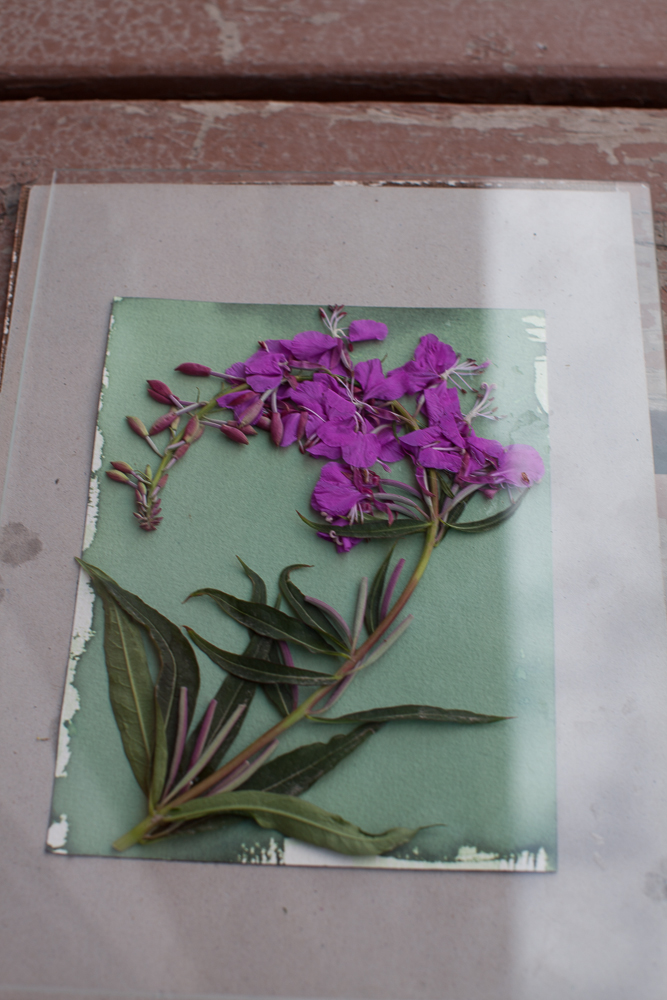We were well into our fourth hour of shooting the aurora. It was 2 AM and the displays were only growing stronger. My hands were swollen and beginning to burn. My release cable had frozen into a coil. I'd lost a glove, a lens cap, a lens cover, and all the plastic bits on my best carbon fiber tripod had pretty much shattered and disappeared. And still, I kept taking pictures. An auroral substorm was boiling on the horizon and was seemingly about to lower itself over us. Who could go home at such a moment as this? At that point I was willing to lose my hands--or, well, I mean I am glad I didn't suffer more than minor frost nip, but suffice it to say I was hardly aware I had hands. What we were seeing, I learned later, was a magnetospheric substorm in which the solar winds cause a violent disruption our atmosphere's magnetic fields which results in a sudden push of radiation toward the surface of the earth. One theory has it that these storms contain a release of energy stored in the earth's "magnetotail" and the burst occurs when the tail "reconnects with itself." As luck would have it right before this mothership of light blew open on the horizon and began its descent upon us we had just decided to try something recommended to us by one of the village elders. According to multiple Inupiaq narratives the spirits of the dead reside in the aurora, and they are sentient to the point that if you whistle they will come to you. Standing there in the cemetery I was thinking about my father who died last October. He adored science and nature and would have loved nothing more than to witness an aurora like that. I thought of what I'd been told about the spirits of the dead living in the lights and despite any and all skepticism I couldn't resist trying to make contact. I whistled. I whistled and just a few moments later that cloud of light was upon us, the blades of red pulsing downward with the rhythm of well oiled pistons. My friend N. described it in nautical terms--saying later it was as if we were being absorbed by the body of a giant jellyfish. Science met legends--the living met the dead--there in that beautiful quiet cemetery on the hill. I did my best to keep taking pictures all the while saying hello to my father whom I am sure would love nothing more than such a dramatic afterlife--whether it is in fact his or not.
Magnetospheric Substorm: A Cautionary "Tail"
Whistle for your Dead














